Get to know the different types of intravenous solutions or IV fluids in this guide and cheat sheet. Differentiate isotonic, hypertonic, and hypotonic IV solutions and the nursing interventions and management for each.
Table of Contents
- What are IV Fluids?
- Types of IV Fluids
- Crystalloids
- Colloids
- Cheat Sheet for IV Fluids
- Recommended Resources
- See Also
- References and Sources
What are IV Fluids?
Intravenous fluids (IV Fluids), also known as intravenous solutions, are supplemental fluids used in intravenous therapy to restore or maintain normal fluid volume and electrolyte balance when the oral route is not possible. IV fluid therapy is an efficient and effective way of supplying fluids directly into the intravascular fluid compartment, in replacing electrolyte losses, and in administering medications and blood products.
Types of IV Fluids
There are different types of IV fluids and different ways on how to classify them.
The most common way to categorize IV fluids is based on their tonicity:
- Isotonic. Isotonic IV solutions that have the same concentration of solutes as blood plasma.
- Hypotonic. Hypotonic solutions have lesser concentration of solutes than plasma.
- Hypertonic. Hypertonic solutions have greater concentration of solutes than plasma.
IV solutions can also be classified based on their purpose:
- Nutrient solutions. May contain dextrose, glucose, and levulose to make up the carbohydrate component – and water. Water is supplied for fluid requirements and carbohydrate for calories and energy. Nutrient solutions are useful in preventing dehydration and ketosis. Examples of nutrient solutions include D5W, D5NSS.
- Electrolyte solutions. Contains varying amounts of cations and anions that are used to replace fluid and electrolytes for clients with continuing losses. Examples of electrolyte solutions include 0.9 NaCl, Ringer’s Solution, and LRS.
- Alkalinizing solutions. Are administered to treat metabolic acidosis. Examples: LRS.
- Acidifying solutions. Are used to counteract metabolic alkalosis. D51/2NS, 0.9 NaCl.
- Volume expanders. Are solutions used to increase the blood volume after a severe blood loss, or loss of plasma. Examples of volume expanders are dextran, human albumin, and plasma.
Crystalloids
Crystalloid IV solutions contain small molecules that flow easily across semipermeable membranes. They are categorized according to their relative tonicity in relation to plasma. There are three types: isotonic, hypotonic, and hypertonic.
Isotonic IV Fluids
Most IV fluids are isotonic, meaning, they have the same concentration of solutes as blood plasma. When infused, isotonic solutions expand both the intracellular fluid and extracellular fluid spaces, equally. Such fluids do not alter the osmolality of the vascular compartment. Technically, electrolyte solutions are considered isotonic if the total electrolyte content is approximately 310 mEq/L. Isotonic IV fluids have a total osmolality close to that of the ECF and do not cause red blood cells to shrink or swell.
0.9% NaCl (Normal Saline Solution, NSS)
Normal saline solution (0.9% NaCl) or NSS, is a crystalloid isotonic IV fluid that contains water, sodium (154 mEq/L), and chloride (154 mEq/L). It has an osmolality of 308 mOsm/L and gives no calories. It is called normal saline solution because the percentage of sodium chloride dissolved in the solution is similar to the usual concentration of sodium and chloride in the intravascular space. Normal saline is the isotonic solution of choice for expanding the extracellular fluid (ECF) volume because it does not enter the intracellular fluid (ICF). It is administered to correct extracellular fluid volume deficit because it remains within the ECF.
Normal saline is the IV fluid used alongside the administration of blood products. It is also used to replace large sodium losses such as in burn injuries and trauma. It should not be used for heart failure, pulmonary edema, and renal impairment, or conditions that cause sodium retention as it may risk fluid volume overload.
Dextrose 5% in Water (D5W)
D5W (dextrose 5% in water) is a crystalloid isotonic IV fluid with a serum osmolality of 252 mOsm/L. D5W is initially an isotonic solution and provides free water when dextrose is metabolized (making it a hypotonic solution), expanding the ECF and the ICF. It is administered to supply water and to correct an increase in serum osmolality. A liter of D5W provides fewer than 200 kcal and contains 50g of glucose. It should not be used for fluid resuscitation because hyperglycemia can result. It should also be avoided to be used in clients at risk for increased intracranial pressure as it can cause cerebral edema.
Lactated Ringer’s 5% Dextrose in Water (D5LRS)
Lactated Ringer’s Solution (also known as Ringer’s Lactate or Hartmann solution) is a crystalloid isotonic IV fluid designed to be the near-physiological solution of balanced electrolytes. It contains 130 mEq/L of sodium, 4 mEq/L of potassium, 3 mEq/L of calcium, and 109 mEq/L of chloride. It also contains bicarbonate precursors to prevent acidosis. It does not provide calories or magnesium and has limited potassium replacement. It is the most physiologically adaptable fluid because its electrolyte content is most closely related to the composition of the body’s blood serum and plasma.
Lactated Ringer’s is used to correct dehydration, sodium depletion, and replace GI tract fluid losses. It can also be used in fluid losses due to burns, fistula drainage, and trauma. It is the choice for first-line fluid resuscitation for certain patients. It is often administered to patients with metabolic acidosis.
Lactated Ringer’s solution is metabolized in the liver, which converts the lactate to bicarbonate, therefore, it should not be given to patients who cannot metabolize lactate (e.g., liver disease, lactic acidosis). It should be used in caution for patients with heart failure and renal failure.
Ringer’s Solution
Ringer’s solution is another isotonic IV solution that has content similar to Lactated Ringer’s Solution but does not contain lactate. Indications are the same for Lactated Ringer’s but without the contraindications related to lactate.
Nursing Considerations for Isotonic IV Solutions
The following are the general nursing interventions and considerations when administering isotonic solutions:
- Document baseline data. Before infusion, assess the patient’s vital signs, edema status, lung sounds, and heart sounds. Continue monitoring during and after the infusion.
- Observe for signs of fluid overload. Look for signs of hypervolemia such as hypertension, bounding pulse, pulmonary crackles, dyspnea, shortness of breath, peripheral edema, jugular venous distention, and extra heart sounds.
- Monitor manifestations of continued hypovolemia. Look for signs that indicate continued hypovolemia such as, decreased urine output, poor skin turgor, tachycardia, weak pulse, and hypotension.
- Prevent hypervolemia. Patients being treated for hypovolemia can quickly develop fluid overload following rapid or over infusion of isotonic IV fluids.
- Elevate the head of the bed at 35 to 45 degrees. Unless contraindicated, position the client in semi-Fowler’s position.
- Elevate the patient’s legs. If edema is present, elevate the legs of the patient to promote venous return.
- Educate patients and families. Teach patients and families to recognize signs and symptoms of fluid volume overload. Instruct patients to notify their nurse if they have trouble breathing or notice any swelling.
- Close monitoring for patients with heart failure. Because isotonic fluids expand the intravascular space, patients with hypertension and heart failure should be carefully monitored for signs of fluid overload.
Hypotonic IV Fluids
Hypotonic IV solutions have a lower osmolality and contain fewer solutes than plasma. They cause fluid shifts from the ECF into the ICF to achieve homeostasis, therefore, causing cells to swell and may even rupture. IV solutions are considered hypotonic if the total electrolyte content is less than 250 mEq/L. Hypotonic IV fluids are usually used to provide free water for excretion of body wastes, treat cellular dehydration, and replace the cellular fluid.
0.45% Sodium Chloride (0.45% NaCl)
Sodium chloride 0.45% (1/2 NS), also known as half-strength normal saline, is a hypotonic IV solution used for replacing water in patients who have hypovolemia with hypernatremia. Excess use may lead to hyponatremia due to the dilution of sodium, especially in patients who are prone to water retention. It has an osmolality of 154 mOsm/L and contains 77 mEq/L sodium and chloride. Hypotonic sodium solutions are used to treat hypernatremia and other hyperosmolar conditions.
0.33% Sodium Chloride (0.33% NaCl)
0.33% Sodium Chloride Solution is used to allow kidneys to retain the needed amounts of water and is typically administered with dextrose to increase tonicity. It should be used in caution for patients with heart failure and renal insufficiency.
0.225% Sodium Chloride (0.225% NaCl)
0.225% Sodium Chloride Solution is often used as a maintenance fluid for pediatric patients as it is the most hypotonic IV fluid available at 77 mOsm/L. Used together with dextrose.
2.5% Dextrose in Water (D2.5W)
Another hypotonic IV solution commonly used is 2.5% dextrose in water (D2.5W). This solution is used to treat dehydration and decreased the levels of sodium and potassium. It should not be administered with blood products as it can cause hemolysis of red blood cells.
Nursing Considerations for Hypotonic IV Solutions
The following are the general nursing interventions and considerations when administering hypotonic IV solutions:
- Document baseline data. Before infusion, assess the patient’s vital signs, edema status, lung sounds, and heart sounds. Continue monitoring during and after the infusion.
- Do not administer in contraindicated conditions. Hypotonic solutions may exacerbate existing hypovolemia and hypotension causing cardiovascular collapse. Avoid use in patients with liver disease, trauma, or burns.
- Risk for increased intracranial pressure (IICP). Should not be given to patients with risk for IICP as the fluid shift may cause cerebral edema (remember: hypotonic solutions make cells swell).
- Monitor for manifestations of fluid volume deficit. Signs and symptoms include confusion in older adults. Instruct patients to inform the nurse if they feel dizzy.
- Warning on excessive infusion. Excessive infusion of hypotonic IV fluids can lead to intravascular fluid depletion, decreased blood pressure, cellular edema, and cell damage.
- Do not administer along with blood products. Most hypotonic solutions can cause hemolysis of red blood cells especially during rapid infusion of the solution.
Hypertonic IV Fluids
Hypertonic IV solutions have a greater concentration of solutes (375 mEq/L and greater) than plasma and cause fluids to move out of the cells and into the ECF in order to normalize the concentration of particles between two compartments. This effect causes cells to shrink and may disrupt their function. They are also known as volume expanders as they draw water out of the intracellular space, increasing extracellular fluid volume.
Hypertonic Sodium Chloride IV Fluids
Hypertonic sodium chloride solutions contain a higher concentration of sodium and chloride than normally contained in plasma. Infusion of hypertonic sodium chloride solution shifts fluids from the intracellular space into the intravascular and interstitial spaces. Hypertonic sodium chloride IV solutions are available in the following forms and strengths:
- 3% sodium chloride (3% NaCl) containing 513 mEq/L of sodium and chloride with an osmolality of 1030 mOsm/L.
- 5% sodium chloride (5% NaCl) containing 855 mEq/L of sodium and chloride with an osmolality of 1710 mOsm/L.
Hypertonic sodium chloride solutions are used in the acute treatment of sodium deficiency (severe hyponatremia) and should be used only in critical situations to treat hyponatremia. They need to be infused at a very low rate to avoid the risk of overload and pulmonary edema. If administered in large quantities and rapidly, they may cause an extracellular volume excess and precipitate circulatory overload and dehydration. Therefore, they should be administered cautiously and usually only when the serum osmolality has decreased to critically low levels. Some patients may need diuretic therapy to assist in fluid excretion. It is also used in patients with cerebral edema.
Hypertonic Dextrose Solutions
Isotonic solutions that contain 5% dextrose (e.g., D5NSS, D5LRS) are slightly hypertonic since they exceed the total osmolality of the ECF. However, dextrose is quickly metabolized and only the isotonic solution remains. Therefore, any effect on the ICF is temporary. Hypertonic dextrose solutions are used to provide kilocalories for the patient in the short term. Higher concentrations of dextrose (i.e., D50W) are strong hypertonic solutions and must be administered into central veins so that they can be diluted by rapid blood flow.
Dextrose 10% in Water (D10W)
Dextrose 10% in Water (D10W) is an hypertonic IV solution used in the treatment of ketosis of starvation and provides calories (380 kcal/L), free water, and no electrolytes. It should be administered using a central line if possible and should not be infused using the same line as blood products as it can cause RBC hemolysis.
Dextrose 20% in Water (D20W)
Dextrose 20% in Water (D20W) is hypertonic IV solution an osmotic diuretic that causes fluid shifts between various compartments to promote diuresis.
Dextrose 50% in Water (D50W)
Another hypertonic IV solution used commonly is Dextrose 50% in Water (D50W) which is used to treat severe hypoglycemia and is administered rapidly via IV bolus.
Nursing Considerations for Hypertonic IV Fluids
The following are the general nursing interventions and considerations when administering hypertonic IV solutions:
- Document baseline data. Before infusion, assess the patient’s vital signs, edema status, lung sounds, and heart sounds. Continue monitoring during and after the infusion.
- Watch for signs of hypervolemia. Since hypertonic solutions move fluid from the ICF to the ECF, they increase the extracellular fluid volume and increases the risk for hypervolemia. Look for signs of swelling in arms, legs, face, shortness of breath, high blood pressure, and discomfort in the body (e.g., headache, cramping).
- Monitor and observe the patient during administration. Hypertonic solutions should be administered only in high acuity areas with constant nursing surveillance for potential complications.
- Verify order. Prescription for hypertonic solutions should state the specific hypertonic fluid to be infused, the total volume to be infused, the infusion rate and the length of time to continue the infusion.
- Assess health history. Patients with kidney or heart disease and those who are dehydrated should not receive hypertonic IV fluids. These solutions can affect renal filtration mechanisms and can easily cause hypervolemia to patients with renal or heart problems.
- Prevent fluid overload. Ensure that administration of hypertonic fluids does not precipitate fluid volume excess or overload.
- Do not administer peripherally. Hypertonic solutions can cause irritation and damage to the blood vessel and should be administered through a central vascular access device inserted into a central vein.
- Monitor blood glucose closely. Rapid infusion of hypertonic dextrose solutions can cause hyperglycemia. Use with caution for patients with diabetes mellitus.
Colloids
Colloids contain large molecules that do not pass through semipermeable membranes. Colloids are IV fluids that contain solutes of high molecular weight, technically, they are hypertonic solutions, which when infused, exert an osmotic pull of fluids from interstitial and extracellular spaces. They are useful for expanding the intravascular volume and raising blood pressure. Colloids are indicated for patients in malnourished states and patients who cannot tolerate large infusions of fluid.
Human Albumin
Human albumin is a solution derived from plasma. It has two strengths: 5% albumin and 25% albumin. 5% Albumin is a solution derived from plasma and is a commonly utilized colloid solution. It is used to increase the circulating volume and restore protein levels in conditions such as burns, pancreatitis, and plasma loss through trauma. 25% Albumin is used together with sodium and water restriction to reduce excessive edema. They are considered blood transfusion products and uses the same protocols and nursing precautions when administering albumin.
The use of albumin is contraindicated in patients with the following conditions: severe anemia, heart failure, or known sensitivity to albumin. Additionally, angiotensin-converting enzyme inhibitors should be withheld for at least 24 hours before administering albumin because of the risk of atypical reactions, such as hypotension and flushing.
Dextrans
Dextrans are polysaccharides that act as colloids. They are available in two types: low-molecular-weight dextrans (LMWD) and high-molecular-weight dextrans (HMWD). They are available in either saline or glucose solutions. Dextran interferes with blood crossmatching, so draw the patient’s blood before administering dextran, if crossmatching is anticipated.
Low-molecular-weight Dextrans (LMWD)
LMWD contains polysaccharide molecules that behave like colloids with an average molecular weight of 40,000 (Dextran 40). LMWD is used to improve the microcirculation in patients with poor peripheral circulation. They contain no electrolytes and are used to treat shock related to vascular volume loss (e.g., burns, hemorrhage, trauma, or surgery). On certain surgical procedures, LMWDs are used to prevent venous thromboembolism. They are contraindicated in patients with thrombocytopenia, hypofibrinogenemia, and hypersensitivity to dextran.
High-molecular-weight Dextrans (HMWD)
HMWD contains polysaccharide molecules with an average molecular weight of 70,000 (Dextran 70) or 75,000 (Dextran 75). HMWD used for patients with hypovolemia and hypotension. They are contraindicated in patients with hemorrhagic shock.
Etherified Starch
These solutions are derived from starch and are used to increase intravascular fluid but can interfere with normal coagulation. Examples include EloHAES, HyperHAES, and Voluven.
Gelatin
Gelatins have lower molecular weight than dextrans and therefore remain in the circulation for a shorter period of time.
Plasma Protein Fraction (PPF)
Plasma Protein Fraction is a solution that is also prepared from plasma, and like albumin, is heated before infusion. It is recommended to infuse slowly to increase circulating volume.
Nursing Considerations for Colloid IV Solutions
The following are the general nursing interventions and considerations when administering colloid IV solutions:
- Assess allergy history. Most colloids can cause allergic reactions, although rare, so take a careful allergy history, asking specifically if they’ve ever had a reaction to an IV infusion before.
- Use a large-bore needle (18-gauge). A larger needle is needed when administering colloid solutions.
- Document baseline data. Before infusion, assess the patient’s vital signs, edema status, lung sounds, and heart sounds. Continue monitoring during and after the infusion.
- Monitor the patient’s response. Monitor intake and output closely for signs of hypervolemia, hypertension, dyspnea, crackles in the lungs, and edema.
- Monitor coagulation indexes. Colloid solutions can interfere with platelet function and increase bleeding times, so monitor the patient’s coagulation indexes.
Cheat Sheet for IV Fluids
This is where you can download the cheat sheets for intravenous solutions for free!
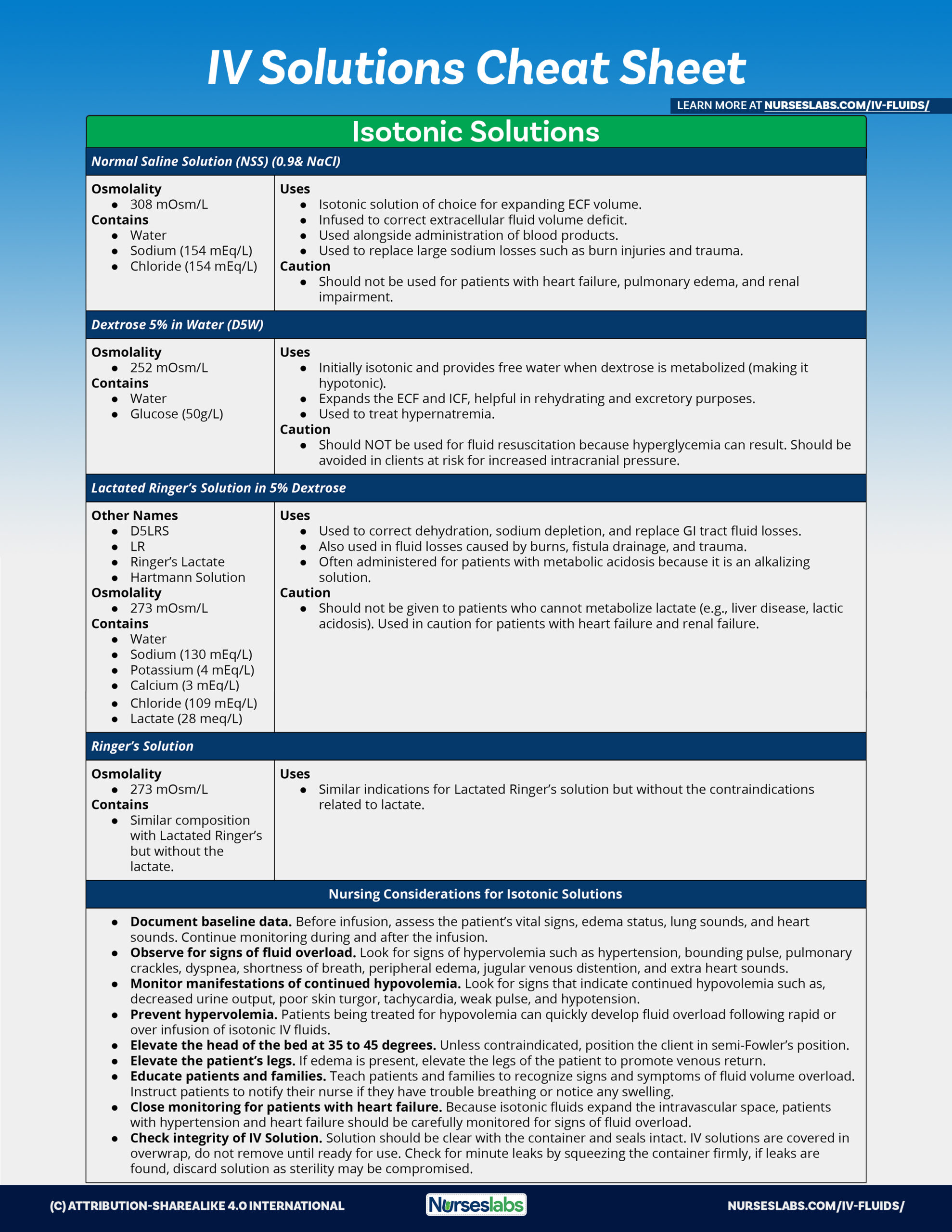
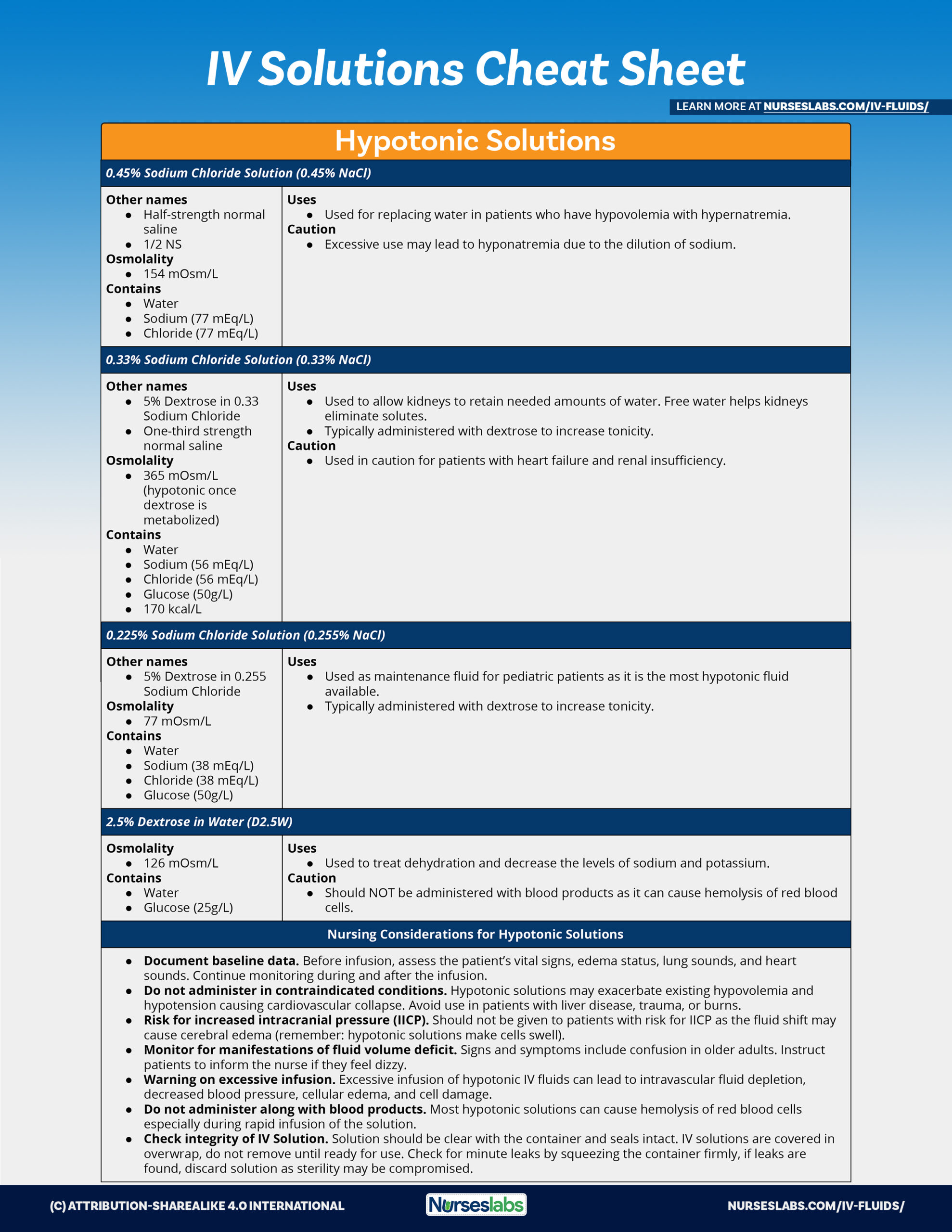
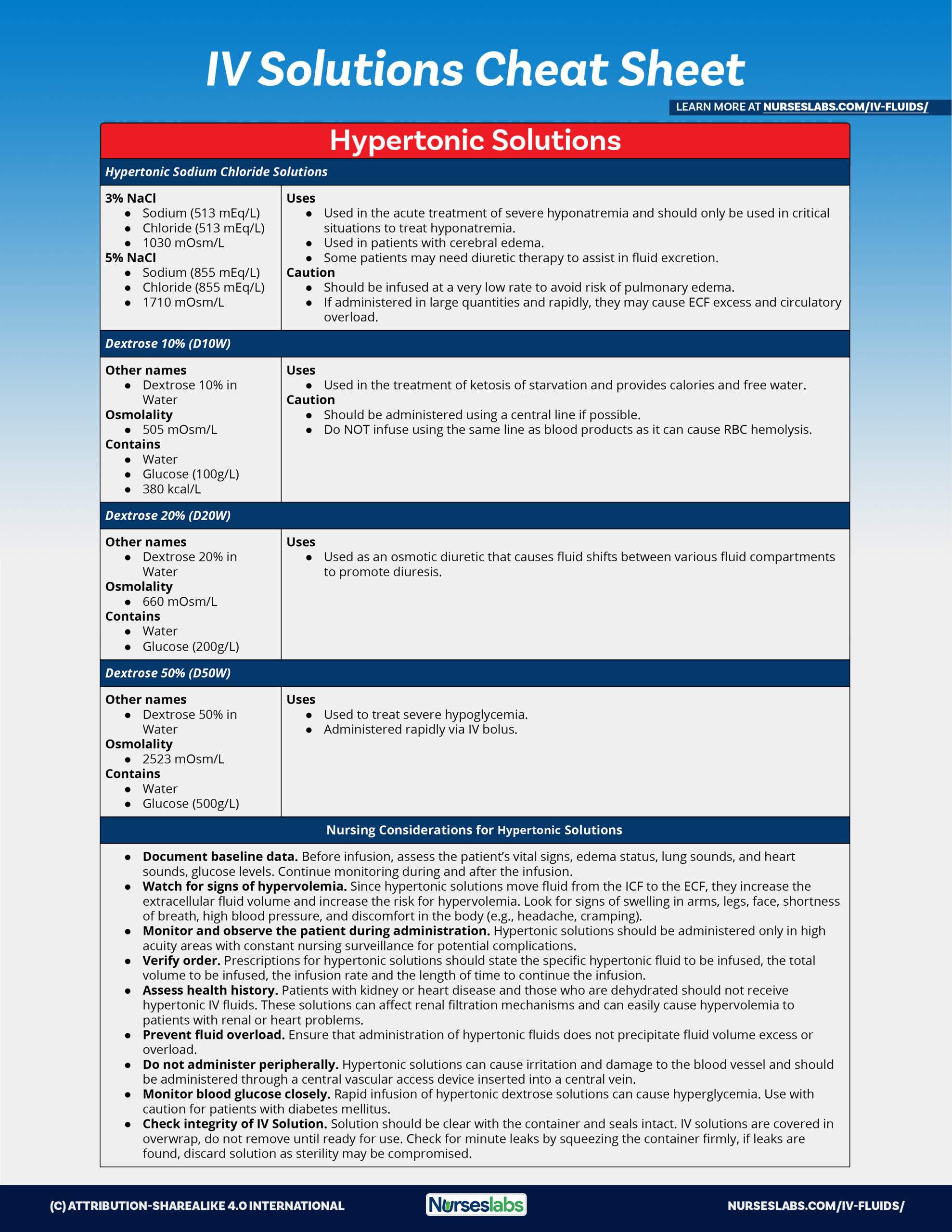

Feel free to print, share, and use in your presentations or reports.
Recommended Resources
Our recommended nursing pharmacology resources and books:
Disclosure: Included below are affiliate links from Amazon at no additional cost from you. We may earn a small commission from your purchase which will help support us. Thank you! For more information, check out our privacy policy.
Pharm Phlash! Pharmacology Flash Cards #1 BEST SELLER!
Test-yourself review cards put critical clinical information for nearly 400 of the top generic medications at your fingertips. And, you can count on them for accuracy, because each card is based on content from Davis’s Drug Guide for Nurses. Increase your test scores in pharmacology class.
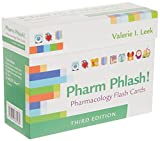
Focus on Pharmacology (8th Edition)
Focus on Nursing Pharmacology makes challenging concepts more approachable. Engaging learning features cultivate your clinical application, critical thinking and patient education capabilities. This updated 8th edition builds on your knowledge of physiology, chemistry and nursing fundamentals to help you conceptualize need-to-know information about each group of drugs.
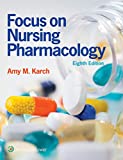
Pharmacology Made Incredibly Easy (Incredibly Easy! Series®)
Nursing pharmacology guide offers step-by-step guidance so you can grasp the fundamentals in enjoyable Incredibly Easy style. This is the perfect supplement to class materials, offering solid preparation for NCLEX® as well as a handy refresher for experienced nurses. Colorfully illustrated chapters offer clear, concise descriptions of crucial nursing pharmacology concepts and procedures.

Lehne’s Pharmacology for Nursing Care (11th Edition)
The Eleventh Edition of Lehne’s Pharmacology for Nursing Care provides a thorough understanding of key drugs and their implications for nursing care. This text, written by renowned nursing educators, helps you comprehend and apply pharmacology principles. A clear and engaging writing style simplifies complex concepts, making even the most challenging pharmacology content enjoyable. We recommend this book if you want a comprehensive nursing pharmacology guide.
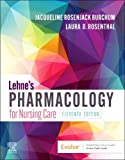
Nursing Drug Handbook
Nursing2023 Drug Handbook delivers evidence-based, nursing-focused drug monographs for nearly 3700 generic, brand-name, and combination drugs. With a tabbed, alphabetical organization and a “New Drugs” section, NDH2023 makes it easy to check drug facts on the spot.
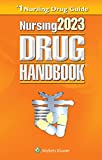
Pharmacology and the Nursing Process
The 10th edition of Pharmacology and the Nursing Process offers practical, user-friendly pharmacology information. The photo atlas contains over 100 unique illustrations and photographs depicting drug administration techniques. Updated drug content reflects the most recent FDA drug approvals, withdrawals, and therapeutic uses.
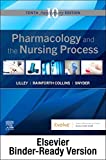
Mosby’s Pharmacology Memory NoteCards: Visual, Mnemonic, and Memory Aids for Nurses
The 6th edition of Mosby’s Pharmacology Memory NoteCards: Visual, Mnemonic, & Memory Aids for Nurses incorporates illustrations and humor to make studying easier and more enjoyable. This unique pharmacology review can be utilized as a spiral-bound notebook or as individual flashcards, making it ideal for mobile study.
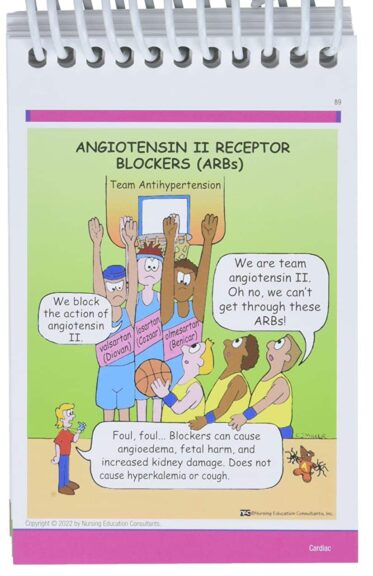
See Also
Here are other nursing pharmacology study guides:
- Nursing Pharmacology – Study Guide for Nurses
Our collection of topics related to nursing pharmacology - Pharmacology Nursing Mnemonics & Tips
These nursing mnemonics aim to simplify the concepts of pharmacology through the use of a simple, concise guide. - Generic Drug Name Stems Cheat Sheet
Learn about these generic drug name stems to help you make sense of drugs easier! - Common Drugs and Their Antidotes
A guide to drug antidotes that nurses should be familiar about. - IV Fluids and Solutions Guide & Cheat Sheet
Get to know the different types of intravenous solutions or IV fluids in this guide and cheat sheet. - Drug Dosage Calculations NCLEX Practice Questions (100+ Items)
Care to take the challenge? This quiz aims to help students and registered nurses alike grasp and master the concepts of medication calculation.
Drug Guides NEW!
Individual drug guides and nursing considerations for the most common medications used in nursing pharmacology:
- Acetaminophen (Tylenol)
- Aspirin
- Atorvastatin (Lipitor)
- Enoxaparin (Lovenox)
- Furosemide (Lasix)
- Gabapentin
- Hydromorphone (Dilaudid)
- Lisinopril
- Metoprolol
- Morphine
Gastrointestinal System Drugs
Respiratory System Drugs
- Antihistamines
- Bronchodilators and Antiasthmatics
- Decongestants
- Expectorants and Mucolytics
- Inhaled Steroids
- Lung Surfactants
Endocrine System Drugs
- Adrenocortical Agents
- Antidiabetic Agents
- Glucose-Elevating Agents
- Hypothalamic Agents
- Insulin
- Parathyroid Agents: Bisphosphonates, Calcitonins
- Pituitary Drugs
- Sulfonylureas
- Thyroid Agents
Autonomic Nervous System Drugs
- Adrenergic Agonists (Sympathomimetics)
- Adrenergic Antagonists (Sympatholytics)
- Anticholinergics (Parasympatholytics)
- Cholinergic Agonists (Parasympathomimetics)
Immune System Drugs
Chemotherapeutic Agents
- Anthelmintics
- Anti-Infective Drugs
- Antibiotics
- Antifungals
- Antineoplastic Agents
- Antiprotozoal Drugs
- Antiviral Drugs
Reproductive System Drugs
Nervous System Drugs
- Antidepressants
- Antiparkinsonism Drugs
- Antiseizure Drugs
- Anxiolytics and Hypnotic Drugs
- General and Local Anesthetics
- Muscle Relaxants
- Narcotics, Narcotic Agonists, and Antimigraine Agents
- Neuromuscular Junction Blocking Agents
- Psychotherapeutic Drugs
Cardiovascular System Drugs
References and Sources
The following are the references and sources for this IV fluid guide that you may find interesting or if you want to further your reading:
- Berman, A., Snyder, S. J., Levett-Jones, T., Dwyer, T., Hales, M., Harvey, N., … & Stanley, D. (2018). Kozier and Erb’s Fundamentals of Nursing [4th Australian edition].
- Dougherty, L., & Lamb, J. (Eds.). (2009). Intravenous therapy in nursing practice. John W
- Hinkle, J. L., & Cheever, K. H. (2017). Brunner-Suddarth. Medical-surgical nursing.
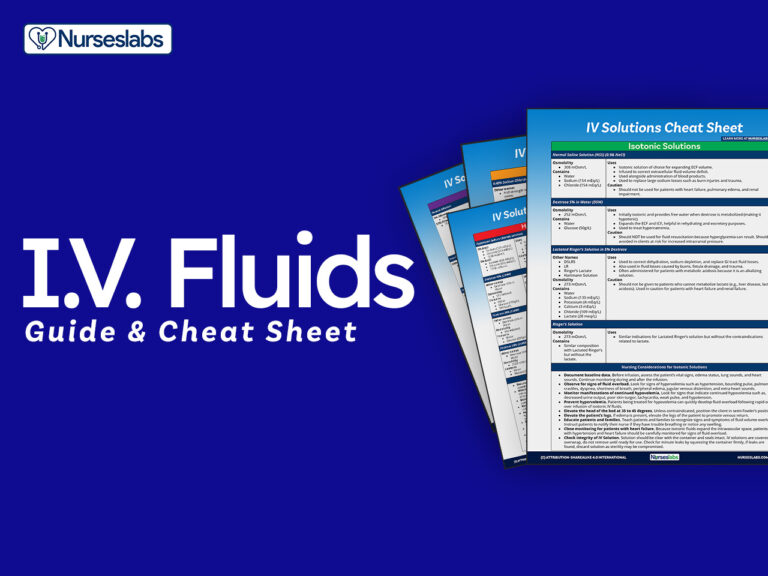
Is it possible to download the cheat sheets as PDF?
It would be a very useful tool if this was also an app, it would make study and accessing material was easier and will attract more people to use the material :)
So nice and interesting!
So easy to understand
Thank you
I can not leave this site without confessing myself.
This is to tell the Nurseslabs that I’m very much grateful for it and always pleased to be part of it simply because, the lab contains all that it takes for Nursing Research with that, I want to say I’m happy to see myself here.
Also a special thanks to my colleague who told me about this website today on the campus when I was in total doubt as to where to go to have a sophisticated guide for my assignment on a care plan and indeed when I entered this lab today I saw myself at the center of my solution.
I can not really express how grateful I’m for this opportunity thank you.
Love this site — easily understandable, very detailed.
Thank you …more knowledge
This website has become a lifesaver! Thank you to whoever came up with the idea of the site and manages it!
Thank you so much for this website,this has helped me alot in my nursing career ❤
Very good illustration. I hope this will help me next year in class of nursing.
very helpful site thank you authors
I NEED AN ANSWER A PATIENT IS RECEIVING 50ML/HR OF 5%DETROSE VIA IVF DUE TOA DX OF DEHYDRATIONAND A UTI. HOW MUCH FLUID IS USED IN 24HR PERIOD?
can I download for me to easily read it on my phone and be familiarize? anyways this is a big help <3 thank you so much
Hello Mj, yes, of course, you’re free to download them.
Thank you so much for your dedication, effort, and great work. I pray for your health and guidance, always.
well-done very easy and has a lot of very important data for nurses, every nurse should read this , thanks a lot to the site and the nice people who are updating and maintain up to date
I had a patient with hypotension and a different patient with high fever suspected possible UTI. The doctor said NS at 70 ml/hr which is better for the different situations 0.9 or 0.45 or could I have recommended D5W?
D5% osmolarity is 252 mOsmol/L
Becouse isotonic fluid osmolarity Is 270-310 mOsmol/L
So D5%will be slightly hypotonic not isotonic
You written it is isotonic
If I am wrong please correct me